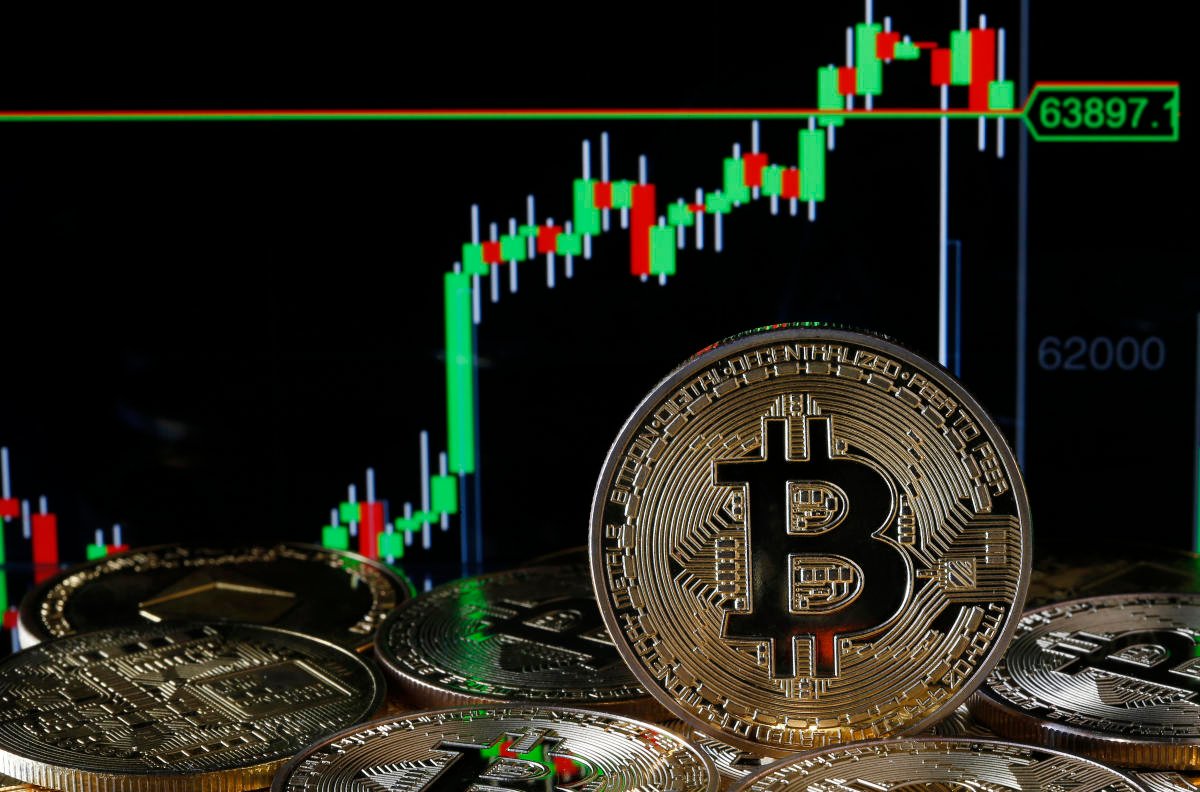Bitcoin and Ethereum 2025 Outlook: Stability vs Volatility Shift

Bitcoin and Ethereum will always be crucial to its changing story, even as the Cryptocurrency Market develops toward 2025. Thanks to triple-positive support elements, Bitcoin has shown remarkable price stability; Ethereum has increased in volatility, challenging Bitcoin’s long-standing dominance. This difference reflects changing macroeconomic conditions, institutional demand, and technological improvements driving broader market attitudes and new investment patterns.
Bitcoin Stability and Adoption
The flagship bitcoin, BTC, has lately acquired velocity and stabilized above the $100,000 barrier. This stabilization results from three interconnected factors strongly supporting its present valuation, not only the market attitude.
The flood of institutional investment is the first and most crucial element. After spotting a Bitcoin ETF certification in late 2024, institutional organizations have been more in need of Bitcoin. Leading financial companies, including BlackRock and Fidelity, have developed crypto-oriented investment solutions, including BTC exposure. These events have helped to reduce price volatility by adding long-term money into the ecosystem and validated Bitcoin as a mainstream asset.

Technical indicators and on-chain data showing robust price floors provide the second level of support. According to IntoTheBlock, investors who paid between $96,000 and $99,000 own approximately 1.8 million BTC. This grouping of investor holdings generates a notable support range that provides a barrier against sudden market corrections.
Thirdly, macroeconomic clarity lessens ambiguity. As the Federal Reserve keeps interest rates constant and inflation slows in the United States, investors are turning increasingly to Bitcoin as a hedge against upcoming economic upheaval. Positive changes in U.S.-U.K. trade relations and more transparent policies under the new government have also helped to create a more suitable environment for cryptocurrencies generally.
With modest exchange outflows and an apparent decline in BTC kept on exchanges, these elements point to holders’ long-term perspective, reinforcing price stability.
Ethereum’s Momentum and Volatility
While Bitcoin is solidifying, Ethereum (ETH) draws a lot of fresh investment. But unlike Bitcoin’s consistent upward momentum, Ethereum’s course has been significantly more erratic, driven by rapid shifts inside its ecosystem.
The Pectra update is among the most potent drivers of Ethereum’s current price swings. Originally debuted earlier this year, Pectra improves Ethereum’s scalability, security, and general user interface. It also signals another phase in Ethereum’s larger change toward complete proof-of-stake (PoS) architecture. This technical breakthrough has re-energized developer effort and investor optimism, particularly in the largely Ethereum-based industries of distributed finance (DeFi) and non-fungible tokens (NFTs.
Moreover, institutional purchases have driven Ethereum’s latest price surge, up over 45% year-to-date. Although more recent than Bitcoin ETFs, spot Ether ETFs have attracted significant capital inflows. Ether ETFs recorded more than $460 million in net inflows in just a few weeks, evidence of investors realizing Ethereum’s wider value and expansion possibilities.
As of May 2025, with over $69 billion in total value locked (TVL) in DeFi systems, Ethereum also continues to be the most often used smart contract platform. This market share has helped Ethereum maintain developer loyalty and influenced trade volume and retail interest, which in turn affects pricing variations.
Still, this increased activity has resulted in temporary volatility. Ethereum is a high-risk, high-reward asset for traders since investors are fast-reacting to news, protocol changes, and ETF moves. This division reflects the market’s increasing complexity and maturity rather than indicating weakness. Navigating this next chapter of digital finance depends on savvy investors knowing every asset’s special strengths and hazards.
Crypto Market Evolution
The opposite paths of Bitcoin and Ethereum highlight a change in market dynamics. Supported by long-term institutional ownership and regulation, Bitcoin is progressively considered a digital store of value equivalent to gold. By comparison, Ethereum is becoming a utility-oriented asset driving a varied and fast-growing Web3 ecosystem.

This difference indicates the maturity of the Crypto Market, in which investors now differentiate among the use cases of several digital assets instead of considering them as interchangeable tokens. Some find a haven in Bitcoin. For some, Ethereum offers unparalleled financing and distributed apps that create growth chances.
Final thoughts
By 2025, the bitcoin market will undergo a significant transformation. Driven by institutional support, robust on-chain measurements, and macroeconomic stability, Bitcoin’s triple-positive support has laid the basis for price consolidation. Concurrent with this technological innovation, Ethereum’s increasing institutional appeal is generating volatility and enabling it to question Bitcoin’s supremacy in novel and significant respects.
This division reflects the market’s increasing complexity and maturity rather than indicating weakness. Navigating this next chapter of digital finance depends on savvy investors knowing every asset’s special strengths and hazards.
